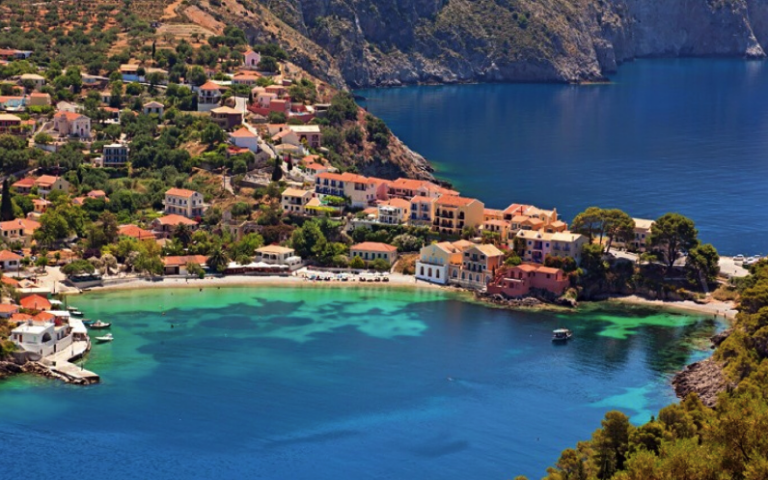On the contrary, he was reassuring about the seismic activity in Kefalonia, speaking of an upsurge which has so far given 275 earthquakes since February 24 and has not yet calmed down.
“This is intense seismic activity (seismic series), which is not characterized by a large earthquake, but we have a genesis of hundreds of small earthquakes,” said Athanasios Ganas, referring to the submarine area of Myrtos and the fault which is perpendicular to the Kefalonia fault and the boundary of the tectonic plate between Eurasia and Apulia.
There is no risk of this major fault being activated, the geologist and Research Director of the Geodynamic Institute reiterated.
“Tsunami alarm sounded by mistake with latest earthquake in Turkey”
The earthquake that was accompanied by a false tsunami alarm was in northwestern Turkey and we are not worried, but for the fault that passes south of the Prigiponnese and is very close to the coast of Istanbul, we are worried because the average recurrence period has passed, the seismologist explained:
“From where the 1999 7.4 rupture in Nicomedia ended, this fault is known.
We know when, because there was an earthquake there in 1766 and the previous one on this fault was in 1509.
We are worried because the average recurrence period has passed by 10 years.
The fault cannot work as a clock with a countdown timer, but the longer it is delayed, the worse it is for Istanbul and for Hagia Sophia, of course.
Lefteris Lazarou: The Michelin star I got is of particular importance because I only cook fish
The maximum magnitude is expected to be 7.5 Richter.
If this earthquake happens, we will soon have many dead and a lot of damage.
If the fault ruptures, it will in turn activate faults that are within the Marmara, which also have potential for large earthquakes, which is why you see warnings of tsunamis.”
On whether Greece will be affected, the seismologist replied that “there is no model that we can generally expect large earthquakes because there will be an Istanbul earthquake.”
Ask me anything
Explore related questions





